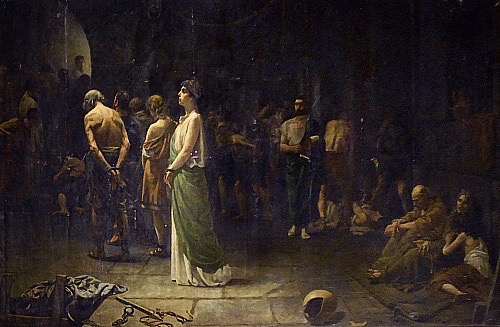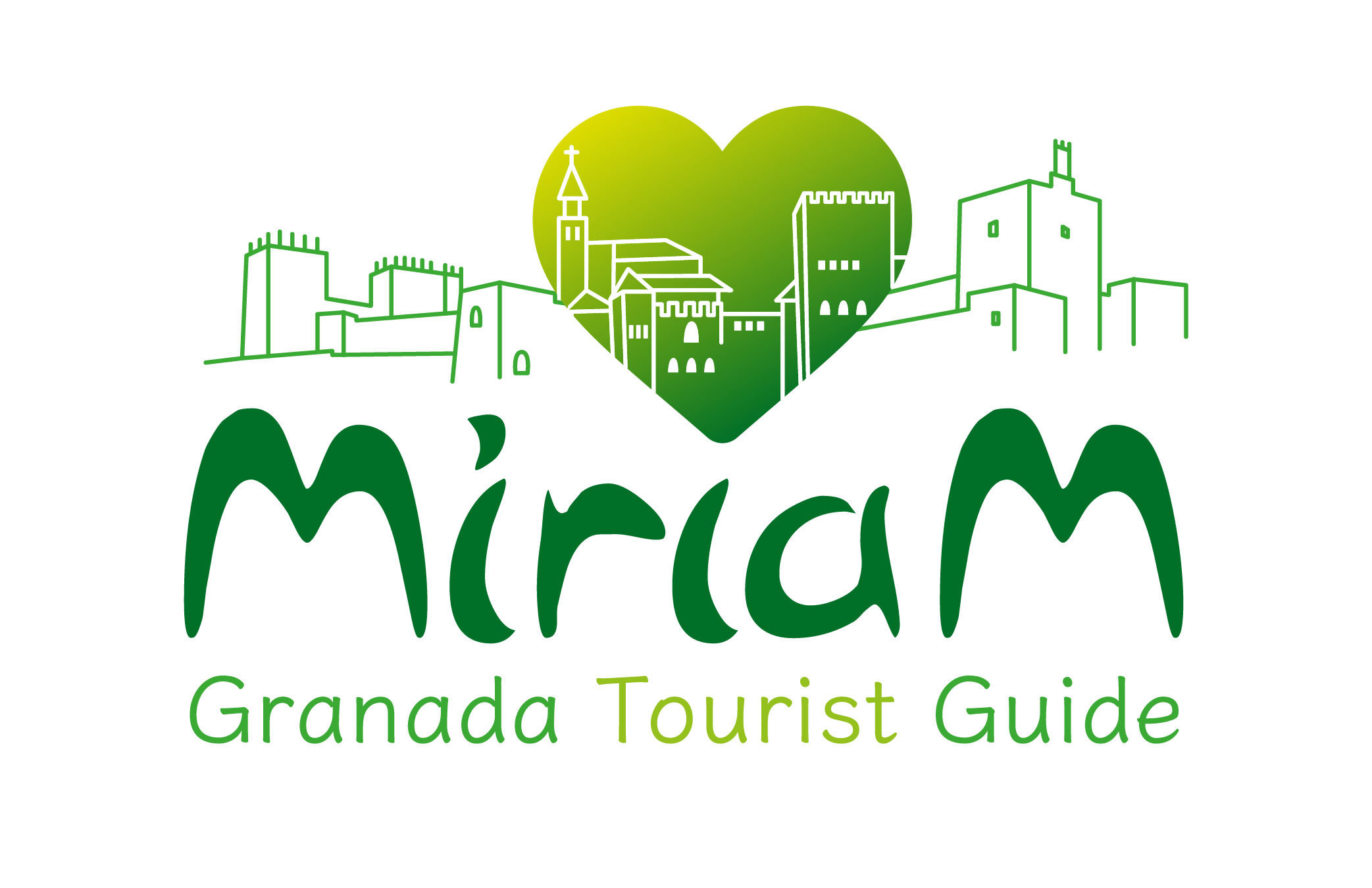
05 Dec Who were the Moors?
The Moriscos or Moors are the main characters in this the last post of the bibliographies. The word moriscos has various meanings. Morisco comes from the noun moro or Moor. Its suffix indicating the diminutive or a derivation of the adjective and often derogatory.
Meanings of Moors
The word morisco expresses origin o presence. In this context it expresses that which comes from the Moor. In addition, morisco in the religious sense is a synonym of Muslim.
Without a doubt this concept of Morisco is limited to Muslims from the kingdoms of the peninsula of Spain (the crown of Castilla, Aragón, and Navarra). They were obliged to convert to Christianity at the beginning of the XVI century.
The history
This history starts after 10 years of fighting from 1482 to 1492. Finally the Catholic Kings (Ysabel I of Castilla and Fernando II of Aragon) conquered Granada on 2nd January 1492. Before that lay eight centuries of Muslim civilisation and two and a half centuries as the capital of the last remaining Nasrid Kingdom on the Peninsular.
Boabdil, Muhammad XII, the last Nasrid King (1482-1491), handed over the city of Granada to the Catholic Kings after surrendering and signing a grant of religious freedom and legal regulation.
At first this guaranteed the Moors, those Nasrids from Granada, who were immediately known as Mudejars, because they maintained their customs, properties, laws and religion.
Therefore the first people who converted to Christianity were peaceful and genuine because of the work of the Archbishop Hernando de Talavera. He was Queen Isabel’s confessor. Talavera was a gentle man who learnt Arabic in his old age. He was known by the Moors as ‘the best Christian saint’ an “Alfaqui”: For Moors it means doctor or wise man of law.
Cisneros’ decisions
However, after seven years of co-existing together peacefully the Catholic Kings chose Cardinal Cisneros to redouble their efforts in converting them to the faith. He decided to change the tolerance policy for a more aggressive and uncompromising one. He promoted a harshness in the methods used to convert the Moorish population. Cisneros made baptism obligatory. They had have to left their Muslim faith behind to adopt Catholicism even though they hadn’t been instructed in the faith.
The response to these injustices, so obviously against the agreement of 1491, provoked a revolt in the Albaicín and later the uprising of the Alpujarras in December 1568.
These revolts gave rise to the permanent expulsion of the Moriscos from Granada in 1570 when Felipe II was king. Then in 1610, during the reign of Felipe III, he decreed the permanent expulsion of the Moriscos from the Peninsular. We can see this historical scene in our Granada’s Essential guided tour. One of the stops on this visit is the Town Hall of Granada. Just inside there is an oil painting known as ‘A las Fieras” painted by Silo Hernandez in 1890.



No Comments